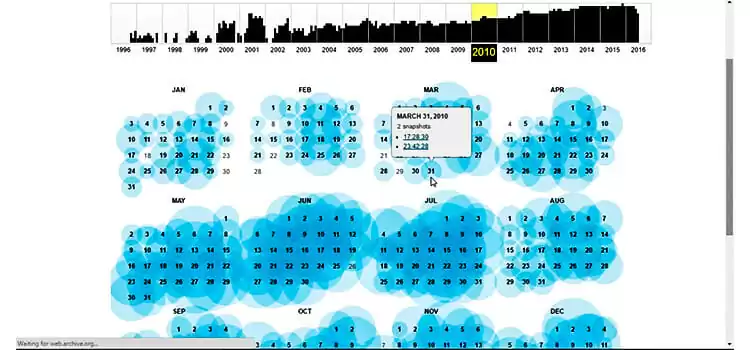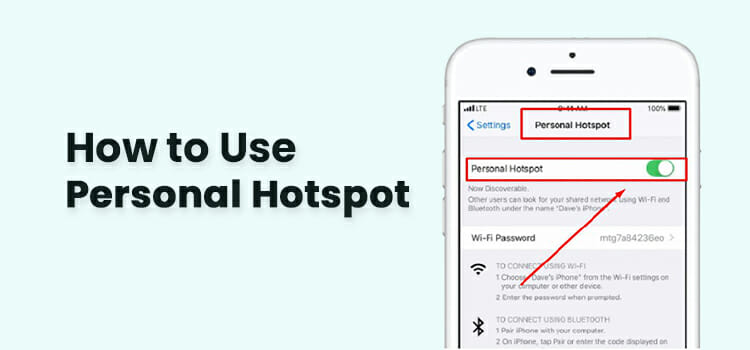Zero Trust Security For Cloud Environments | Strategies And Tools
72% of online businesses use at least one cloud-based service in their operations now. There is no doubt that cloud computing makes daily tasks easier for employees and more affordable for web-based companies. So we expect to see a significant increase in this percentage in the coming years. But how about security in cloud environments? It definitely requires a different approach than what we are used to with on-premise services.
One way to improve security in cloud environments is using a Zero Trust approach. This cybersecurity framework shifts from the traditional understanding of how we acknowledge the network perimeter and identifies new ways to ensure end-to-end security in cloud environments. So let’s see what this modern framework is and understand if it is something you need in your business as well.

A Detailed Explanation of What Zero Trust Security Is
Before defining Zero Trust, let’s take a look at the traditional perimeter-based security methods used for decades now. Until the emergence of cloud computing and remote work, businesses considered everything within their private network to be secure, trusting all the entities that entered the network with proper credentials. This meant that security services were designed to keep threats outside of their network and act as security guards per se. Firewalls, intrusion detection systems, and other services focused on keeping the internal network sterile by guarding the perimeter.
This is not the case anymore though. Now we have cloud-based services and work-from-home employees, as well as outside partners who you need to work with shared resources. As a result, the network perimeter as we know has come to an end, and new challenges arose.
Zero Trust was designed as a response to these new needs, and adopted the philosophy of “never trust, always verify.” In a Zero Trust approach, even the users within the network are considered potential risks. Regardless of the location or the context, Zero Trust thus enforces verification and constant authentication, not having automatic trust against any user.
In a Zero Trust environment, access permission decisions are made dynamically considering network conditions, user behavior, and user identity. Another key principle in this approach is the least-privilege access, meaning that users cannot move freely within the network and can only access to resources they actually need. However, even within their rights, Zero Trust asks users to authenticate themselves with advanced techniques before granting access.
As it assumes that there is already a threat within the network, micro-segmentation becomes a significant component of a Zero Trust architecture. Segmenting the network into small bits aims to minimize the impact of a potential breach and confine attackers after they compromise the network.
Understanding these fundamental principles is crucial to know how Zero Trust operates, and how it deals with potential threats. In the coming section, we will talk about Zero Trust strategies and tools for cloud environments to learn how we can leverage these principles.
Strategies for implementing Zero Trust security in cloud environments
5 effective Strategies for implementing Zero Trust security are given below –
1. Define the attack surface
The first strategy is defining the attack surface to take proactive measures. Identify all your digital assets and check the data you need to protect. Evaluate them to see ways attackers might compromise them to learn vulnerabilities. Once you have the results, you’ll be able to implement controls to fix these risks.
2. Implement controls around network traffic
Another key component of Zero Trust is the user of network traffic controls such as firewalls, intrusion detection systems (IDSs), and network segmentation. These tools allow you to monitor and control all the traffic coming into and out of your cloud environment. Don’t hesitate to see these distinct tools though, most of them will be offered by your Zero Trust as a service provider.
3. Architect a Zero Trust network
A Zero Trust network does not defend itself using a perimeter. Instead, it aims to be inherently secure with a layered approach and protect its assets. This layered approach usually includes the use of authentication, authorization, and continuous monitoring. By doing so, it eliminates the need for a set perimeter.
4. Create a Zero Trust policy
Zero Trust is not something that you can buy today and start using it immediately. You need a Zero Trust security policy (here is a breakdown) which is a document that defines how you will implement it in your cloud environment. This will include the controls you will use and the specific security requirements of your cloud environment.
5. Monitor your network
A must to have a strategy for Zero Trust in cloud environments is constant monitoring of the network. Once you complete the implementation process, make sure to track your network traffic at all times to identify potential threats or suspicious activities. This will ensure a healthier network.
Tools for Implementing Zero Trust Security in Cloud Environments
In addition to the strategies above, there is a list of security tools you need in your arsenal to have an effective Zero Trust security structure. Let’s see some of them.
1. Identity and access management (IAM) tools
IAM tools help businesses manage their digital identities, authenticate users effectively, and manage access rights in an orderly fashion. This is necessary to ensure the proper distribution of resources to employees in your organization.
2. Data loss prevention (DLP) tools
DLP tools provide the ability to protect sensitive data against data leakage and data loss. It provides full visibility to technical teams of the data being used by employees so they can secure it through access controls and user authentication. Since data loss can cost a business valuable business information, DLP tools are essential to a Zero Trust security architecture.
3. Cloud access security broker (CASB) tools
CASB tools act as an intermediary between cloud service providers and the end-users in your company. They provide organizations with full control over their cloud applications and help them with threat detection in these services. By using CASBs, organizations can enforce their security policies even in cloud applications. CASBs are essential in an environment where you use cloud applications provided by third parties.
4. Security orchestration, automation, and response (SOAR) platforms
SOAR solutions automate mundane security tasks, orchestrate security workflows, and enable rapid incident response. Through automation, they decrease the response time to incidents and help detect, mitigate, and remediate potential attacks. SOAR platforms are a great way to improve overall security posture against cloud computing security threats.
Subscribe to our newsletter
& plug into
the world of technology





